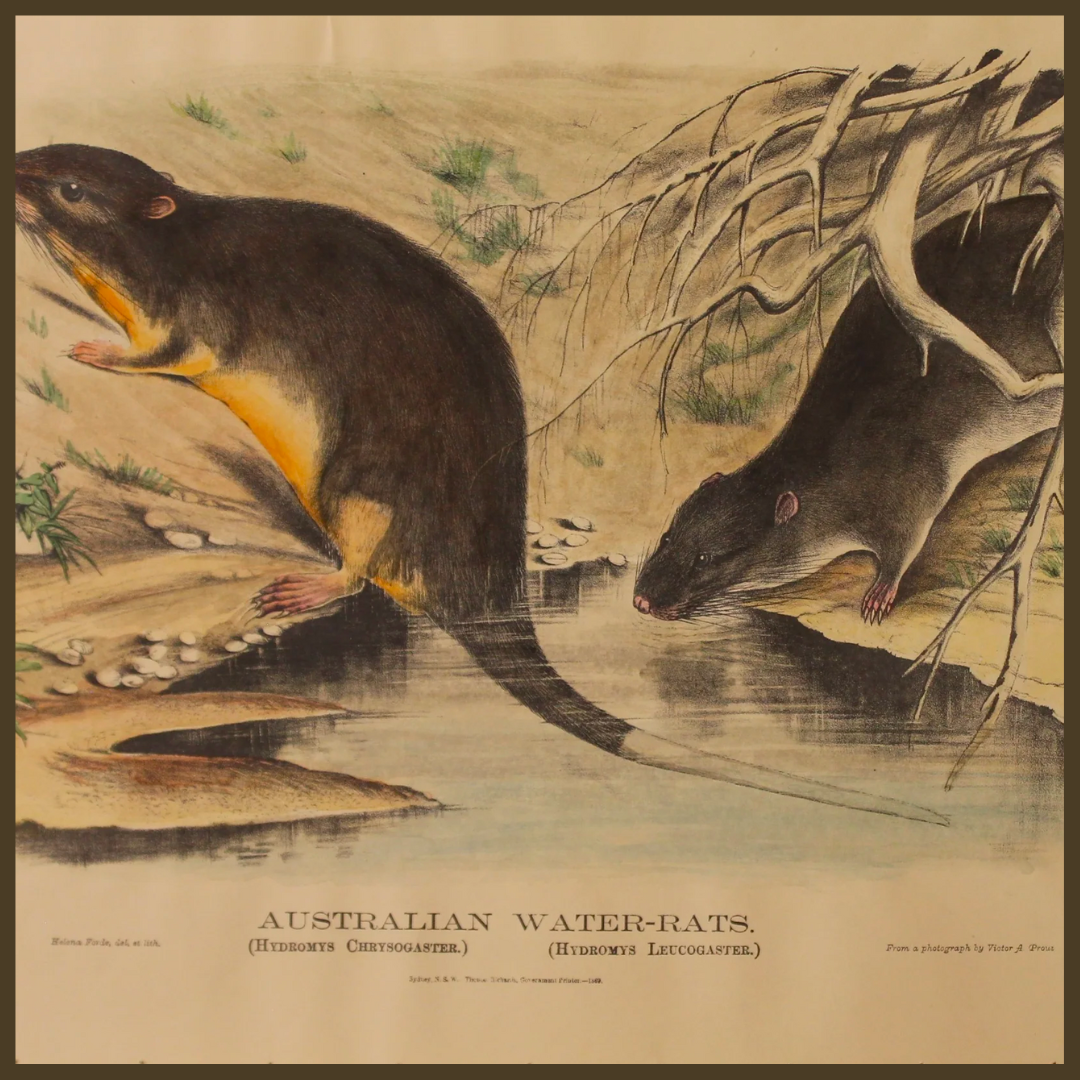
BIOGRAPHY OF SIR JOHN HILL
Share
John Hill was the son of the Rev. Theophilus Hill and is said to have been born in Peterborough, (c1714 -1775). He was apprenticed to an apothecary and on the completion of his apprenticeship, he set up in a small shop in St Martin's Lane, Westminister in London.
Employed by the Duke of Richmond and Lord Petre to arrange their collections of plants, he travelled extensively to collect rare species for them. When these efforts failed to increase his income, he turned to writing plays, novels, and papers on natural history, medicine, astronomy, and geology. He also travelled over the country in search of rare herbs with a view to publishing a hortus siccus but this plan failed.
He edited the monthly British Magazine from 1746 to 1750 and contributed a daily society-gossip column to The London Advertiser and the Literary Gazette. His satirical writings often involved him in bitter quarrels.
He had a medical degree from Edinburgh and he practised as a "quack doctor” making considerable sums by the preparation of dubious herb and vegetable medicines. He was known for his "pectoral balsam of honey" and "tincture of bardana".
From 1759 to 1775 he was engaged on a huge botanical work -- The Vegetable System (26 vols fol.) - -adorned by 1600 copper-plate engravings. Hill's botanical labours were undertaken at the request of his patron, Lord Butte, and he was rewarded by the Order of Vasa from the King of Sweden in 1774. Thereafter he called himself “Sir” John Hill.
Hill’s most lasting work was in botany.
In 1759 the first of the 26 folio volumes of his Vegetable System was published. This work, containing 1,600 copperplate engravings, represented 26,000 different plants. Although not completed until 1775, it was for that which won him the Order of Vasa from the King of Sweden.
Related Tag: Botanical Prints



